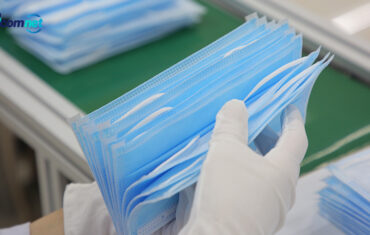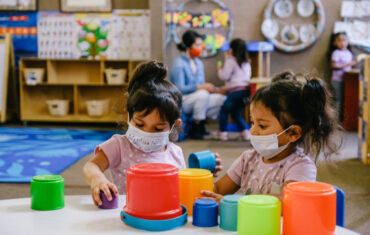Everyone should wear face masks when interacting with others during the coronavirus pandemic, according to the CDC. But the different material of face masks may make a difference to reducing the spread of the virus.
Researchers from the University of Arizona’s Mel and Enid Zuckerman College of Public Health collected data from different studies of face masks efficacy. They created a computer model to simulate how well different nontraditional mask materials protect a person from infection in a highly contaminated environment. Risk of infection bases on how long you’re exposed. The number of people around you and their distance from you. And the size of virus-transporting droplets from sneezing, coughing or talking.
Wearing any face masks were better than wearing none at all, the research found. Wearing a mask reduced infection risks by 24 percent to 94 percent. Or by 44 percent to 99 percent depending on the mask and the exposure duration.
What are the best types of masks?
The most protective masks were N95 and surgical face masks. The research found that vacuum cleaner filters which you can insert into filter pockets in cloth masks. The vacuum filters reduced infection risk by 83 percent for a 30-second exposure, and by 58 percent for a 20-minute exposure. Tea towels, cotton-blend fabrics and antimicrobial pillowcases were the next most protective items. The more dense of the fibers in a face mask‘s material, the better it is at filtering. Therefore, higher thread counts lead to higher efficacy. On the other hand, the materials that were the least effective at blocking the virus were scarves and cotton T-shirts.
For every type of mask studied, risk reduction decreased as exposure duration increased. Therefore, the longer you’re exposed to the virus, the more likely you are to get it, even with a mask on. No matter what kind of face mask you’re using, it’s important that it has a good seal that pinches at the nose. Furthermore, you shouldn’t wear a face mask under your nose or tuck it under your chin.
Take note of your environment
No face mask is 100% effective. It’s vital that we reduce our risk by limiting our exposure to airborne droplets in ventilated indoor settings. For example, nipping into a supermarket for 10 minutes poses a smaller risk than sitting in a crowded restaurant for hours on end. That means limiting your time in shopping malls and only running essential errands for the time being.






